#Mercury Solar System
Explore tagged Tumblr posts
Text
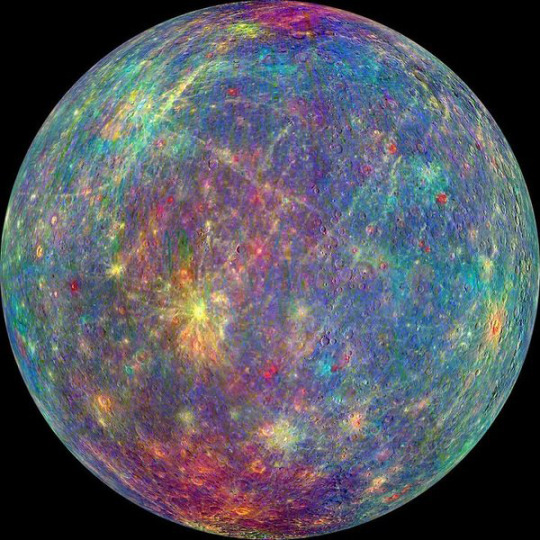



Cosmic Disco Ball, Mercury ©
#nasa#MESSENGER spacecraft#space#mercury#planet#astrophotography#night sky#stars#universe#astronomy#cosmos#galaxy#solar system#2015
5K notes
·
View notes
Text
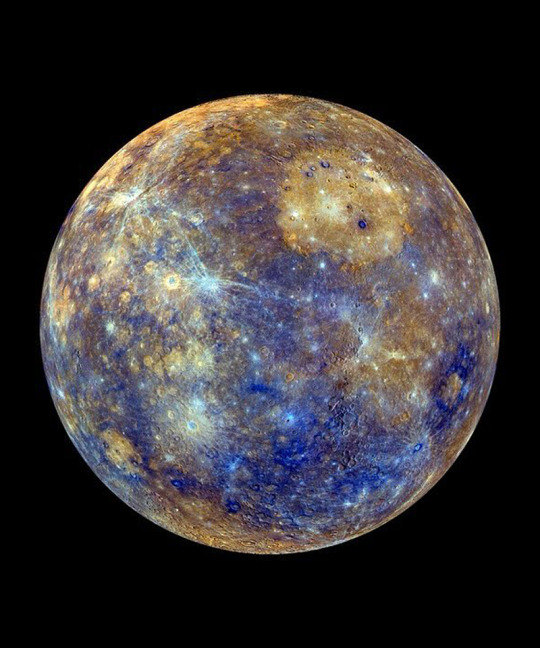
Enhanced Color Mercury Map l NASA MESSENGER (2004-2015)
#nasa#messenger spacecraft#solar system#mercury#astrophotography#astronomy#galaxy#planets#space#universe
2K notes
·
View notes
Text

Earth, Venus, Mars, Mercury. "Relative size of the four planets that are inhabited or considered habitable." Le Petit inventeur. January 1, 1928.
Gallica
#astronomy#solar system#earth#venus#mars#mercury#size comparison#planets#extraterrestial life#nemfrog#1928#1920s
431 notes
·
View notes
Text
#poll#polls#tumblr polls#augmented polls#pollblr#space#outer space#astronomy#astrophysics#solar system#planets#mercury#venus#earth#mars#jupiter#saturn#uranus#neptune#planet#pluto
713 notes
·
View notes
Text
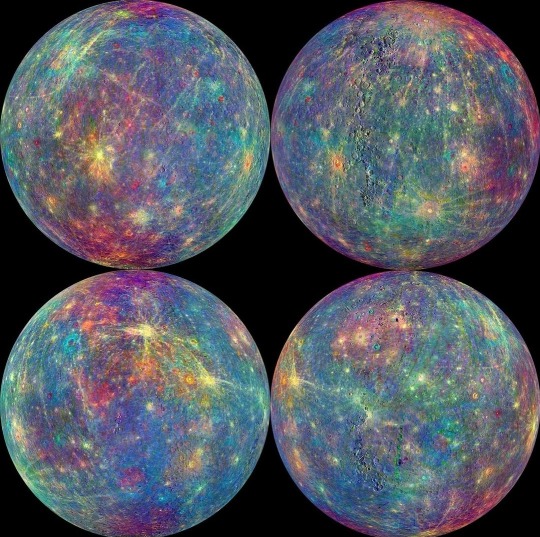
by nasa
#mercury#planets#solar system#milky way#nasa#science#astrophotography#astrophysics#space#aesthetic#nature#curators on tumblr#up
1K notes
·
View notes
Text
Fancy clothes for not so fancy kids/j
Hi again, so today it's more of a headcanon of mine.
As for the previous post, the majority of the planets have normal, comfortable clothes, but Jupiter, Saturn and Mercury don't. Jupiter and Saturn because they are two old mans 😔🫵. Mercury is forced by the Sun poor bro unfairly dressed as an aristocratic.
So here is some fancy clothes for everyone, they use them on special occasions.
Those are sketches I don't feel like doing a good lineart lmao,,,


Jupiter and Saturn are old man yaoi, I'm sorry guys it's canon😞/hj
The rocky planets are just a gang of maranzas,,, Venus is the racist, earth the homophobic and Mars is from Rome/j
No, I will not elaborate lol
#digital art#artists on tumblr#solarballs mercury#solarballs mars#solarballs#solar system#solarballs jupiter#solarballs earth#solarballs venus#solarballs saturn#solarballs uranus#solarballs neptune#they are just a bunch of maranza I'm sorry guys#mercury is fratm ingiustamente normie#sooner or later I will also do Luna and planet x i promise#the rocky planets are just a little maranza gang don't mind them#solarballs jupiturn#fanart#solarballs fanart
185 notes
·
View notes
Text










🪐 - planets!!!
#planet#plushie#cute#agere#age dreaming#age regression#agedre#system little#little#stuffie#stuffed animal#mercury#venus#earth#mars#jupiter#saturn#uranus#neptune#space#solar system#red#orange#blue#grey#gray
389 notes
·
View notes
Text

Life anywhere? There has to be!!!! Somewhere besides us!
#astronomy#nasa#astronomers#universe#nasa photos#astrophotography#outer space#astrophysics#nasawebb#hubble space telescope#galaxies#galaxy#solar system#space science#space exploration#spaceship#james webb space technology#space shuttle#nasa science#science facts#planetary science#astronomy facts#planetary nebula#planet mercury#our universe#the universe#cosmos#nasa astronauts#nasaastronaut#nasa picture of the day
306 notes
·
View notes
Text




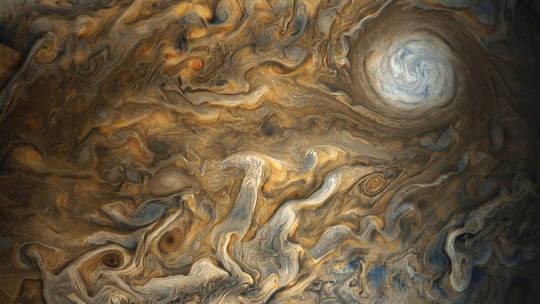



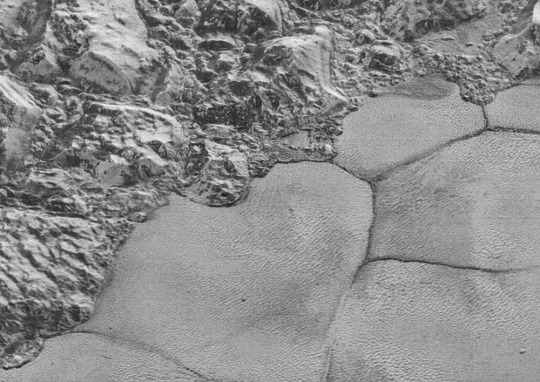
Solar System Family Portrait
#astronomy#night#sky#space#stars#nasa#science#universe#nebula#galaxy#solar system#mercury#venus#earth#mars#jupiter#saturn#uranus#neptune#pluto
1K notes
·
View notes
Text
Mercury as little dot front of the Sun

#mercury#sun#astronomy#space#astrophotography#universe#nasa#astro#galaxy#astronout#galaxies#astro notes#astro observations#astro community#nasa picture of the day#nasa photos#nasawebb#nasa breaking news#solar system#planets
594 notes
·
View notes
Text


His faces..
178 notes
·
View notes
Text

Mercury, Crescent l NASA MESSENGER l 2008
#mercury#planets#solar system#space#nasa#astrophotography#astronomy#universe#stars#night#galaxy#sky#messenger spacecraft
606 notes
·
View notes
Text

Mercury
#would you punt them#into the sun#tumblr poll#poll#polls#tumblr polls#mercury#planet mercury#mercury planet#solar system#astronomy#space#planets
174 notes
·
View notes
Text

Some Ganymede and Luna sketch I made as a post response on twitter!
#planetary moe#solar system and friends#pm drawings#cioccolatodorima#pm luna#pm ganymede#pm mercury#pm sketches#shitpost
164 notes
·
View notes
Text
✨ SOLARCARDS ✨

I’ve spent a whole month drawing this and finally it’s done! :D
#art#fanart#solarballs#humanization#solarballs fanart#au#solarballs sun#sun#solarballs jupiter#jupiter#solarballs mars#mars#solarballs saturn#saturn#solarballs neptune#Neptune#uranus#solarballs uranus#venus#solarballs venus#solarballs earth#earth#solarballs mercury#mercury#solar system#solarballs luna#luna#solarballs moon#phobos#deimos
73 notes
·
View notes
Text
Solar System
Hello guys, it's me, ya boy Dexy
It's been a while, my life is still written by Shakespeare himself with more misadventures than not.
But new post! This past few weeks I had/have the solarballs brainrot so here are some of my designs to get them out of my system!




A little fun fact: Sun is dressed like a ring master, please see my vision guys :'D
#solarballs#solarballs saturn#solarballs neptune#solarballs earth#solarballs mars#solarballs mercury#solarballs venus#solarballs jupiter#solarballs uranus#solarballs sun#solar system#man they are all ace#they are planets what did you expect#i tried to give them a look that resembles their personality in the show
83 notes
·
View notes